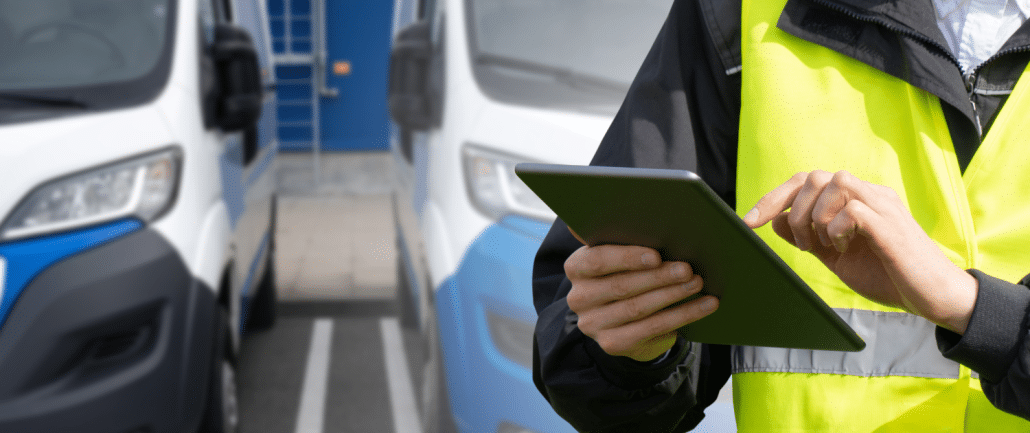
In today’s fast-paced and competitive logistics landscape, freight carriers face increasing pressure to deliver goods efficiently, cost-effectively, and on time.
As the complexity of the transportation industry grows, so does the need for advanced tools to streamline operations and maintain a competitive edge. For many companies, the solution is a Transportation Management System (TMS).
Keep reading to find out how an effective TMS not only simplifies the intricacies of route planning, load optimization, and compliance management, but also enables trucking companies to make significant improvements in efficiency, cost savings, and customer satisfaction.
What is a TMS?
Simply put, a Transportation Management System is a software platform designed to help businesses manage their transportation operations more efficiently.
It is often used by any company that needs to ship, receive, or transport goods, and it provides visibility and control over the entire transportation process. A TMS can help to streamline logistics, reduce costs, improve delivery performance, and enhance customer satisfaction by providing real-time visibility and algorithm-based route optimization.
There are a wide range of TMS platforms available, each offering unique solutions depending on the price level and technological capabilities. Because every carrier has different needs and factors to consider, there is no “one size fits all” strategy in choosing the right TMS platform.
Key Features and Benefits of a TMS
Before deciding which Transportation Management System is the right fit for your team, it is important to consider which features would be most beneficial. These are some of the key features of many TMS platforms, and the ways they can aid a transportation company.
Route optimization is a core feature of TMS platforms that calculates the most efficient routes for deliveries, considering factors like traffic, weather, fuel consumption, and delivery windows. This feature can help reduce fuel costs, shorten delivery times, and enhance driver satisfaction.
Load planning and consolidation allows companies to maximize the utilization of truck space by optimizing the load planning process. It suggests the best way to consolidate freight into fewer loads. By utilizing this feature, companies can cut costs, improve efficiency, and reduce environmental impact.
Freight audit and payment features help to automate the process of auditing freight bills and managing payments to carriers. The system ensures that invoices match contract rates and services. This TMS tool can help carriers to reduce errors, streamline payment processes, and improve financial accuracy.
Real-time tracking and visibility are more important than ever, as consumers increasingly expect to know exactly when they will receive their goods, and where they are coming from. Many TMS platforms provide real-time tracking of shipments, allowing both the company and customers to know where goods are at any given time. This feature is helpful to provide better customer service and catch potential issues with freight before they become worse.
Analytics and reporting tools are typically included in TMS software, which can help companies track key performance indicators (KPIs) and make data-driven decisions. These tools can help improve decision-making processes, identify inefficiencies, and reduce unnecessary operational expenses.
Compliance management is essential for every carrier and CDL driver, and TMS systems can
ensure that all transportation activities and employees comply with federal, state, and local regulations. This can include managing hours of service through electronic logging devices (ELDs) to reduce the risk of legal issues and fines and improve driver safety.
Challenges and Considerations
Just like any new technology, there are important considerations to make before investing in a Transportation Management System.
- Implementation costs: While TMS can lead to long-term savings, the initial investment in software and training can be significant.
- Integration with existing systems: To avoid further expenses or costly delays, it is essential to ensure that the TMS can integrate seamlessly with other systems, such as ELDs.
- User adoption: Investing in a TMS platform will also require an investment in comprehensive training for any employee who utilizes the service. If the platform offers a limited demo or trial period, it is beneficial to first test the user interface and experience.
Looking to discover more of the newest technological advances and trends in the transportation industry? Be sure to check out the rest of our Employer Blog posts and connect with us on social media.





